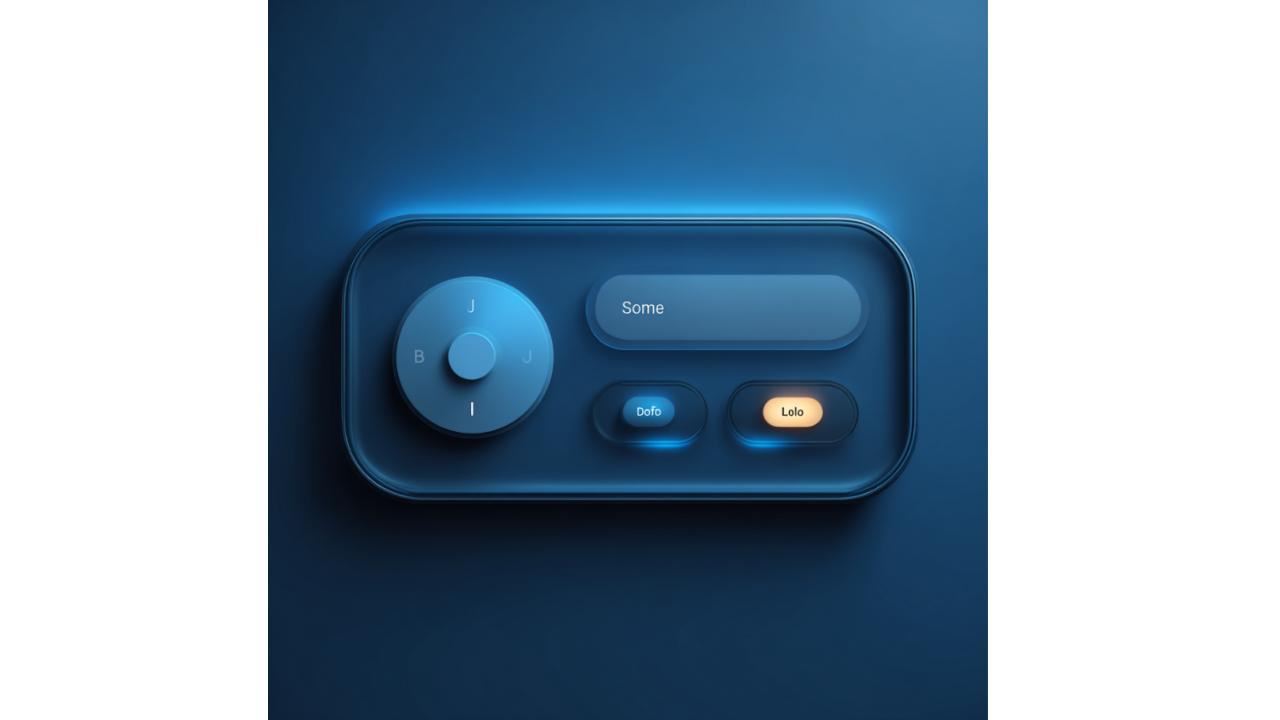Cognitive Fluency and Brand Recall: Why Familiar Feels Better
Our brains are wired for efficiency. When faced with countless daily decisions, we unconsciously favor options that require less mental effort to...
5 min read
 Writing Team
:
Aug 18, 2025 8:00:00 AM
Writing Team
:
Aug 18, 2025 8:00:00 AM

A user lands on your checkout page. Their brain processes 17 different elements: navigation menu, progress bar, form fields, security badges, promotional offers, social proof, help text, and more. Each element demands mental energy. Their working memory—which can only handle 7±2 pieces of information simultaneously—becomes overloaded. They abandon their cart.
This scenario plays out millions of times daily across the internet. The culprit isn't bad design or technical issues. It's cognitive overload. Our brains have limited processing capacity, and when interfaces exceed that limit, users don't convert. They flee.
Understanding cognitive load theory isn't academic luxury—it's conversion necessity. When we design within the bounds of human mental capacity, we create interfaces that feel effortless. When we exceed those bounds, we create friction that kills sales.
Cognitive load theory emerged from psychologist John Sweller's research in the 1980s. He discovered that human working memory has strict limitations. We can consciously process roughly 7 items at once. Beyond that, performance degrades rapidly.
The theory identifies three types of cognitive load. Intrinsic load comes from the task itself—buying a product requires inherent mental effort. Extraneous load comes from poor design—confusing navigation, unclear labels, unnecessary animations. Germane load involves learning and schema building—understanding how your interface works.
Smart UX design minimizes extraneous load while respecting intrinsic and germane load limits. The result: users complete tasks faster, with less mental effort, and higher satisfaction. Research shows that well-designed interfaces that reduce cognitive load can improve user engagement and increase task completion rates.
Consider how this connects to our exploration of persuasive design patterns in educational interfaces, where reducing cognitive load becomes even more critical when users are simultaneously learning and acting.
Simple interfaces convert better because they require less mental energy. When users spend cognitive resources figuring out your interface, they have less mental capacity for making purchase decisions. It's a zero-sum game: interface complexity competes with conversion intent.
The math is straightforward. Mobile users expect pages to load within 2-3 seconds, and 53% will abandon a search if forced to wait longer. But speed is just one factor. Mental processing speed matters more than technical loading speed.
Consider ASOS's cart abandonment problem. They had high abandonment rates despite fast loading times. The issue: their checkout required account creation before purchase. This single extra step added cognitive load. Users had to process registration benefits, create passwords, and remember login credentials while simultaneously making purchase decisions.
ASOS's solution was elegant: they replaced mandatory registration with a simple "New to ASOS? Continue" button. This change reduced cognitive load and decreased cart abandonment rates significantly. Same products, same prices, same technical performance. Lower cognitive load, higher conversions.
Our analysis of authentic testimonial strategies in B2B marketing reveals similar patterns—simple, direct testimonials outperform complex case studies because they require less mental processing.
BaseKit faced a common problem: visitors viewed their pricing page but didn't convert to paying customers. Their original design included multiple pricing tiers, feature comparisons, and scattered testimonials. Users had to process complex information while making financial decisions.
The Problem:
The Cognitive Load Analysis: Each pricing option required users to compare 23 features across 6 plans—138 individual comparisons. Add testimonials, security badges, and navigation elements. Total cognitive load exceeded working memory capacity by 300%.
The Solution: BaseKit simplified their pricing page through A/B testing. They highlighted one recommended plan. They reduced feature comparisons to 8 key differentiators. They grouped testimonials in a dedicated section. They used a single, prominent CTA per plan.
The Results:
The Math: Original design: 138 cognitive elements → 3.2% conversion rate
Simplified design: 32 cognitive elements → 4.0% conversion rate
Cognitive load reduction: 77% → Conversion increase: 25%
The lesson: reducing cognitive load by 77% increased conversions by 25%.
Mental simplicity drives financial results.
Slack revolutionized team communication by applying cognitive load principles to complex functionality. They faced a design challenge: how to make enterprise-grade communication tools feel consumer-simple.
The Problem: Team communication apps traditionally overwhelmed users with:
The Cognitive Load Solution: Slack reduced extraneous load while maintaining functionality:
The Interface Design:
The Results: Slack achieved 95% user adoption rates in organizations that deployed it. Compare this to traditional enterprise software with 40-60% adoption rates. The difference: cognitive load management.
User Behavior Data:
Slack's success demonstrates that complex functionality doesn't require complex interfaces. By managing cognitive load, they made powerful tools feel effortless.
Duolingo faced the ultimate cognitive load challenge: teaching new languages while maintaining user engagement. Language learning inherently creates high intrinsic cognitive load. Add interface complexity, and users quit.
The Cognitive Challenge: Language learning requires:
The Design Solution: Duolingo minimized extraneous load to preserve mental energy for learning:
Interface Breakdown:
The Conversion Results: Duolingo achieves 40 million monthly active users with 15-minute average daily usage. Their completion rates exceed traditional language learning by 300%.
Specific Metrics:
The Learning Science: By limiting each screen to 3-4 cognitive elements, Duolingo keeps extraneous load under working memory limits. Users can focus mental energy on language learning rather than interface navigation.
Revenue Impact: Duolingo's simple interface design contributed to $500M+ annual revenue. Their cognitive load management enabled massive scale—serving millions of users simultaneously without overwhelming individual experience.
Intrinsic Load represents unavoidable task complexity. Buying enterprise software has higher intrinsic load than buying coffee. You can't eliminate this load, but you can respect it by not adding unnecessary complexity.
Extraneous Load comes from poor design decisions. Multiple navigation menus, unclear labels, inconsistent patterns. This load is fully under designer control and should be minimized aggressively.
Germane Load involves learning your interface patterns. Well-designed interfaces teach users efficient mental models through consistent, intuitive patterns.
The goal isn't zero cognitive load—that's impossible. The goal is optimal load distribution: minimize extraneous, respect intrinsic, enable germane.
Here are your implementation steps.
Count interactive elements per screen. Identify redundant options. Measure task completion times.
Survey user confusion points.
Successful load management creates measurable improvements:
Companies that master cognitive load theory gain significant competitive advantages. Their interfaces feel more intuitive. Users complete tasks faster. Conversion rates increase. Customer satisfaction improves. Word-of-mouth referrals grow.
The inverse is equally true. Companies that ignore cognitive load create unnecessarily difficult experiences. Users struggle with basic tasks. Conversion rates suffer. Customer support costs increase. Competitive disadvantage compounds.
The choice is clear: design within human cognitive limits or fight against them. One path leads to conversion success. The other leads to user frustration and business failure.
In today's attention-scarce environment, cognitive load management becomes even more critical. Users have decreasing patience for complex interfaces. They expect immediate understanding and effortless interaction. Companies that deliver on these expectations win. Those that don't lose.
The future belongs to interfaces that feel like extensions of human thought rather than obstacles to overcome. By applying cognitive load theory, we create designs that work with the brain, not against it. The result isn't just better user experience—it's better business results.
Ready to optimize your interfaces for cognitive load and higher conversions? Contact Winsome Marketing to develop UX strategies that work with human psychology rather than against it.

Our brains are wired for efficiency. When faced with countless daily decisions, we unconsciously favor options that require less mental effort to...

Your website visitors are drowning in information.

Beneath every purchase lies a buried truth. Consumers don't buy products—they buy stories, identities, and solutions to problems they can't always...